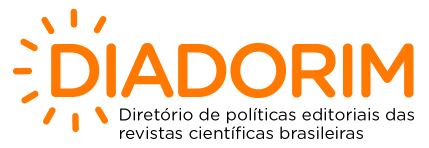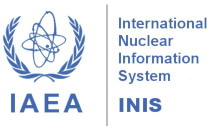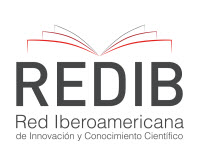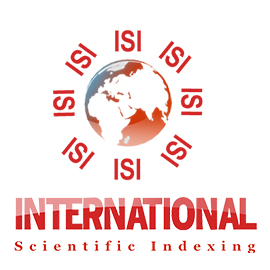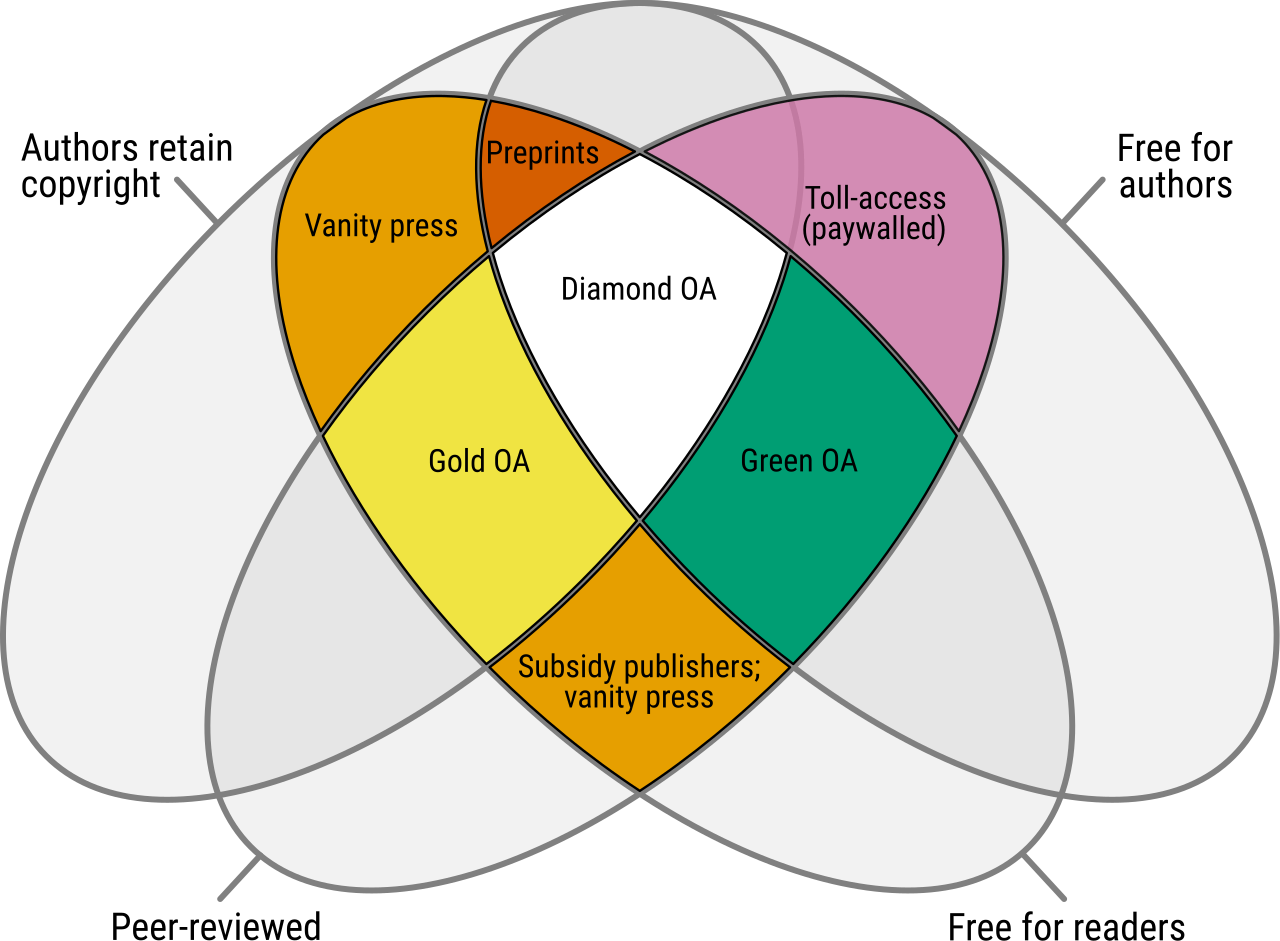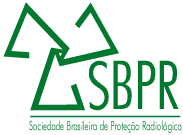Techniques in detect selective leaching in metal components
DOI:
https://doi.org/10.15392/2319-0612.2024.2584Keywords:
selective leaching, corrosion, NPP, LTOAbstract
Selective leaching is a corrosion type in, in which certain element in an alloy is preferentially removed from a material, leaving behind a porous or weakened material that can affect its quality and structural integrity. Evaluating the quality of components affected by selective leaching often involves several inspection techniques and assessment methods to determine the extent and severity of degradation. In this paper, we will describe the main techniques that are used in detect selective leaching in metals and the advantages and disadvantages of each. In addition, visual indicators of the presence of selective leaching will be presented. Selective leaching can significantly affect the long-term operation (LTO) of a nuclear power plant (NPP) by compromising safety, structural integrity, and potentially leading to radioactive material release. Due to the fact, Selective Leaching Detection Program is a requirement of the current national regulatory authority, there is a need to know the techniques for early detection of defects and failures in Structures, Systems and Components (SSCs) due to selective leaching, enabling immediate corrections and minimizing resources and replacements. Hence, the importance of this paper to Angra 1 NPP. As a result of this work, it provides a guide that will deal with the fundamental techniques used for manage and mitigate the risks associated with this phenomenon.
Downloads
References
[1] EPRI 3002026340. Recommendations for Implementing an Effective Program to Manage Selective Leaching Degradation. Palo Alto-CA. USA: EPRI Project Management, 2023.
[2] EPRI 3002016057. Selective Leaching: State-of-the-Art Technical Update. Palo Alto-CA. USA: EPRI Project Management, 2019.
[3] ISO 9712: Non-destructive testing - Qualification and certification of NDT personnel. International Organization for Standardization, 2021.
[4] EPRI 1025218, Nondestructive Evaluation: Correlation of Selective Leached Thickness to Hardness for Gray Cast Iron and Brass. Palo Alto-CA. USA: EPRI Project Management, 2012.
[5] VIEIRA B. LOPES; GUAL, MARITZA R.; SOUZA R. S. Evaluation of the integrity of mechanical components by selective leaching in metals. Brazilian Journal of Radiation Science, 2024.
[6] HELLIER, C. J. Handbook of Nondestructive Evaluation - McGraw-Hill, 2003.
Downloads
Published
Issue
Section
Categories
License
Copyright (c) 2025 Maritza Rodríguez Gual, Bruno Lopes Vieira , Rennan Souza da Silva

This work is licensed under a Creative Commons Attribution 4.0 International License.
Licensing: The BJRS articles are licensed under a Creative Commons Attribution 4.0 International License, which permits use, sharing, adaptation, distribution and reproduction in any medium or format, as long as you give appropriate credit to the original author(s) and the source, provide a link to the Creative Commons license, and indicate if changes were made. The images or other third party material in this article are included in the article’s Creative Commons license, unless indicated otherwise in a credit line to the material. If material is not included in the article’s Creative Commons license and your intended use is not permitted by statutory regulation or exceeds the permitted use, you will need to obtain permission directly from the copyright holder. To view a copy of this license, visit http://creativecommons.org/licenses/by/4.0/




